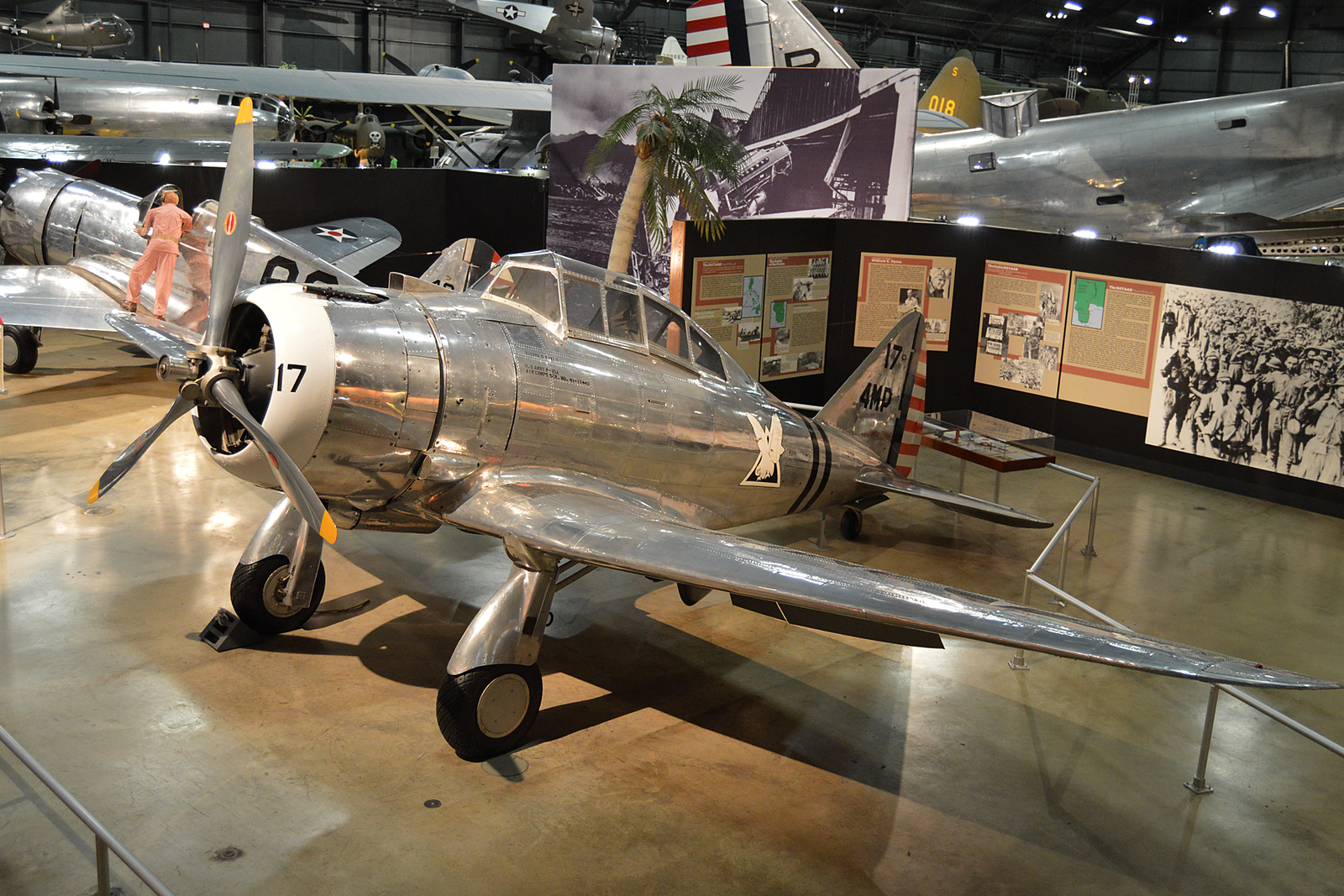
In the high-stakes arena of combat flight, a fighter plane is worth as much as a heartbeat. A simple modification can make an airplane a legend—case in point, F-16 or Spitfire—but a poor design, hasty development, or bad timing can kill even a promising plane. Over the years, many fighters proved disappointing, being warning signs for engineers as well as for the war planners.

10. Seversky P-35 (USA)
The Seversky P-35, which first flew during the 1930s, appeared revolutionary at the time—America’s first all-metal monoplane fighter with retractable landing gear and a covered cockpit. But by the beginning of World War II, it was already obsolete. Only 76 were delivered to the Army Air Corps before production stopped. Those deployed to the Philippines arrived in crates, equipped with Swedish manuals and metric gauges, and were soon lost to Japanese air raids. Without armor, self-sealing tank protection, or enough firepower, the P-35 was little more than a target.

9. Messerschmitt Me-210 (Germany)
The Me-210 was designed to supplant the Luftwaffe’s Me-110 with sophisticated features such as remotely operated turrets and a streamlined cockpit. It was slippery and hazardous to fly, susceptible to stalls, and didn’t provide much performance benefit. Despite warnings, the Luftwaffe commissioned 1,000 aircraft before the initial test flight. Following 400 disappointing planes, the program was abandoned, and the Me-410 came along as a replacement with a new designation to distance itself from its unfavorable reputation.

8. Focke-Wulf Ta-154 Moskito (Germany)
Germany’s wooden night fighter was meant to challenge Britain’s Mosquito. Although the prototype was good, production aircraft lagged under the addition of operational gear. Allied bombers wrecked the glue factory producing the specialized adhesive, and replacement glue led to lethal structural failure. Fewer than 50 were constructed before the project was halted, with even experimental remote-controlled versions never fully pursued.

7. Blackburn B-25 Roc (UK)
The Roc attempted to merge a powered turret with an airframe based on a carrier but failed from the very beginning. Heavy, slow, and clumsy, it was barely able to manage 223 mph. It never made it to frontline squadrons and instead served as a target tug and a stationary defense platform. The floatplane variant was even worse, illustrating that the concept was inherently flawed.

6. Heinkel He-162 Salamander (Germany)
Rushed into construction during the final months of WWII, the He-162 was a plywood jet for novice pilots, including adolescents. Its hastily constructed nature and limited testing left it brittle and susceptible to collapse. It was lost more often by accidents than by enemy action, and its contribution to the war effort was insignificant.

5. Curtiss-Wright CW-21 Demon (USA)
With its marketing as a rapid-climbing interceptor, the CW-21 was a light, lightly armed aircraft derived from a trainer design. It was rejected by the U.S. military and did not see extensive service elsewhere, where it did no better than Japanese fighters. The Dutch lost all their CW-21s within months of an invasion, and the design slipped quietly out of history.

4. Caudron C.714 (France)
Initially designed as a racing aircraft, the Caudron C.714 was converted into a fighter. Inexpensive to make and easy, it was also brittle, underpowered, and inadequately armed. It survived for just one week in squadron use. Even desperate countries like Finland turned it down, and only a few Polish pilots ever flew it before its retirement.

3. Lavochkin-Gorbunov-Gudkov LaGG-3 (USSR)
The LaGG-3 was largely made of resin-coated plywood and non-structural metal. The outcome was a heavy, underpowered, and slow plane. Pilots nicknamed it the “varnished guaranteed coffin.” It was later redesigned into the La-5 by designer Semyon Lavochkin, but the early failures of the LaGG-3 created a long-lasting bad reputation.

2. Brewster F2A Buffalo (USA)
The Buffalo was a disaster for naval aviation: slow, overweight, and poorly constructed. It flew abysmally against Japanese Zeros, earning the grim nickname “Flying Coffin” among U.S. Marines at Midway. Only Finnish pilots were able to achieve some success, using skill rather than the aircraft’s capability. Brewster’s second try at building Corsairs ended in complete failure, and the company was closed in 1946.

1. McDonnell XF-85 Goblin (USA)
The Goblin takes the award for outright weirdness. Conceived as an airborne parasite fighter from a B-36 bomber, it was small, underpowered, and practically impossible to dock in flight. Two were ever constructed, and the airborne carrier concept was scrapped. The Goblin exists today as a kooky footnote in aviation history, proving that not all creative notions are destined to take flight.

From design errors and hasty manufacture to strategic errors, these ten planes illustrate how quickly an exciting fighter can turn into a cautionary example. Behind every acclaimed air legend, there’s a plane that didn’t deliver, reminding pilots and engineers that innovation isn’t enough to ensure success.
